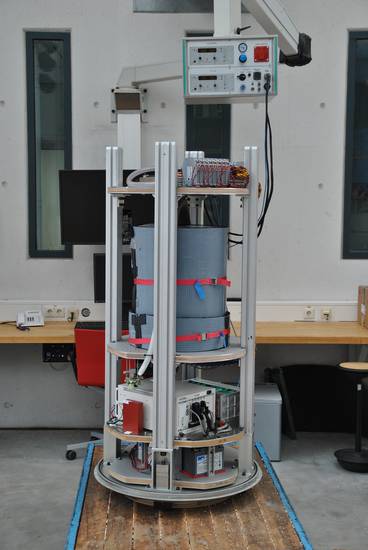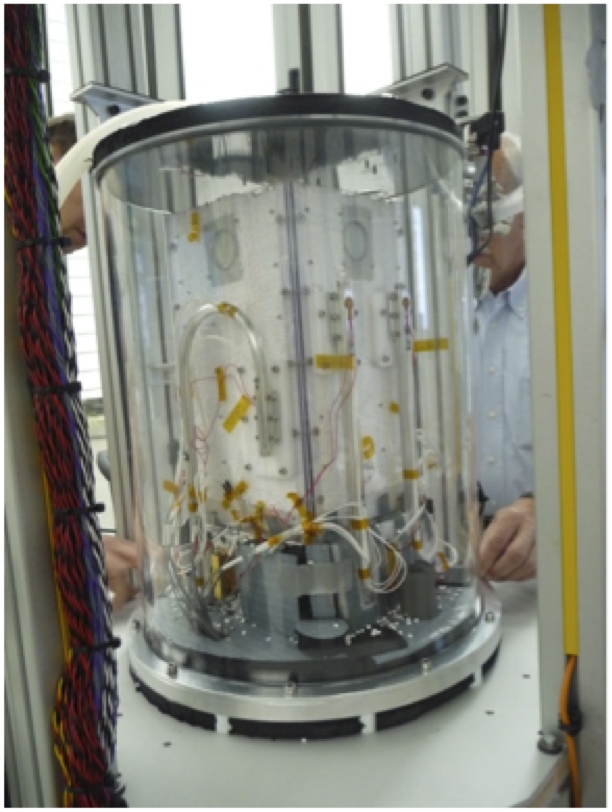heat pipe tests for the eROSITA - mission (eROSITA)

research area: astrophysics
experiment title:
Heat pipe tests for the eROSITA - Mission (extended ROentgen Survey with an Imaging Telescope Array)
experiment acronym: eROSITA
funding agency: DLR
grant number: (Max-Planck-Institut)
performing organization:
Max-Planck-Institut für Extraterrestrische Physik, Garching
prime investigator: Maria Fürmetz
experiment objective
abstract
Scope of the Drop Tower campaign was the examination of the heat pipe functionality under zero gravity for the eROSITA - mission.
The eROSITA cameras operate at -95°C. The cooling system is completely passive with several heat pipes and two radiators. The heat pipes need to be filled with a suitable working fluid at those low temperatures. Ethane is the approved medium for low temperature heat pipes due to its low reactivity and non-toxic properties.
But laboratory tests have shown that heat pipes filled with ethane are very sensitive on tilt. Reasons are the material constants of ethane like surface tension and viscosity which result in a much lower capillary force than e.g. water. It was not possible to prove the functionality (i.e. existing capillary forces) without the influence of gravity without a doubt.
Under zero gravity conditions in the Drop Tower in Bremen the existence of capillary force in all heat pipes was proved. Different parameters (temperature, heating power, ethane level) have been examined.
All heat pipes show capillary forces. The ring-type HPs (12mm diameter) have better capillary pressure than the camera-type HPs (6mm diameter) because of their wick shape.
The optimum filling level corresponds to the amount of ethane that fits into the capillaries at working temperature.
related publications
- eROSITA on SRG: a X-ray all-sky survey mission, Cappelluti et al., Proceedings of the WFXT meeting, 2010.
- eROSITA on SRG Predehl et al., Proceedings of the X-ray surveys 2009 meeting, Bologna, September 7-11 2009.
experimental setup

experiment campaigns
experiment year: 2011
number of catapult flights: 10


 "
"